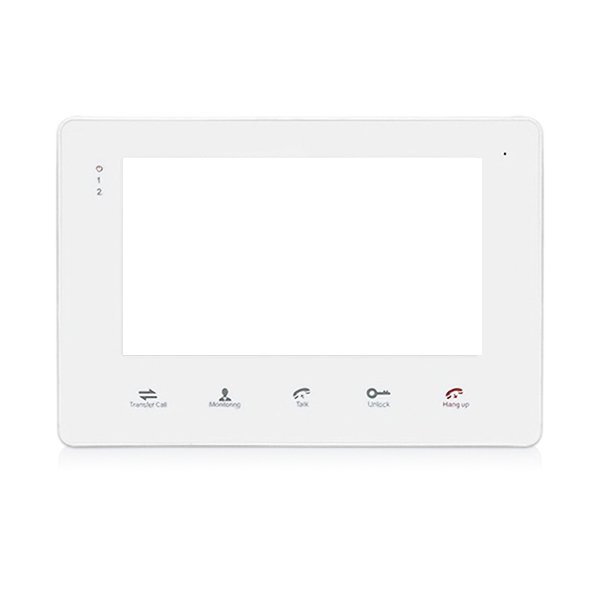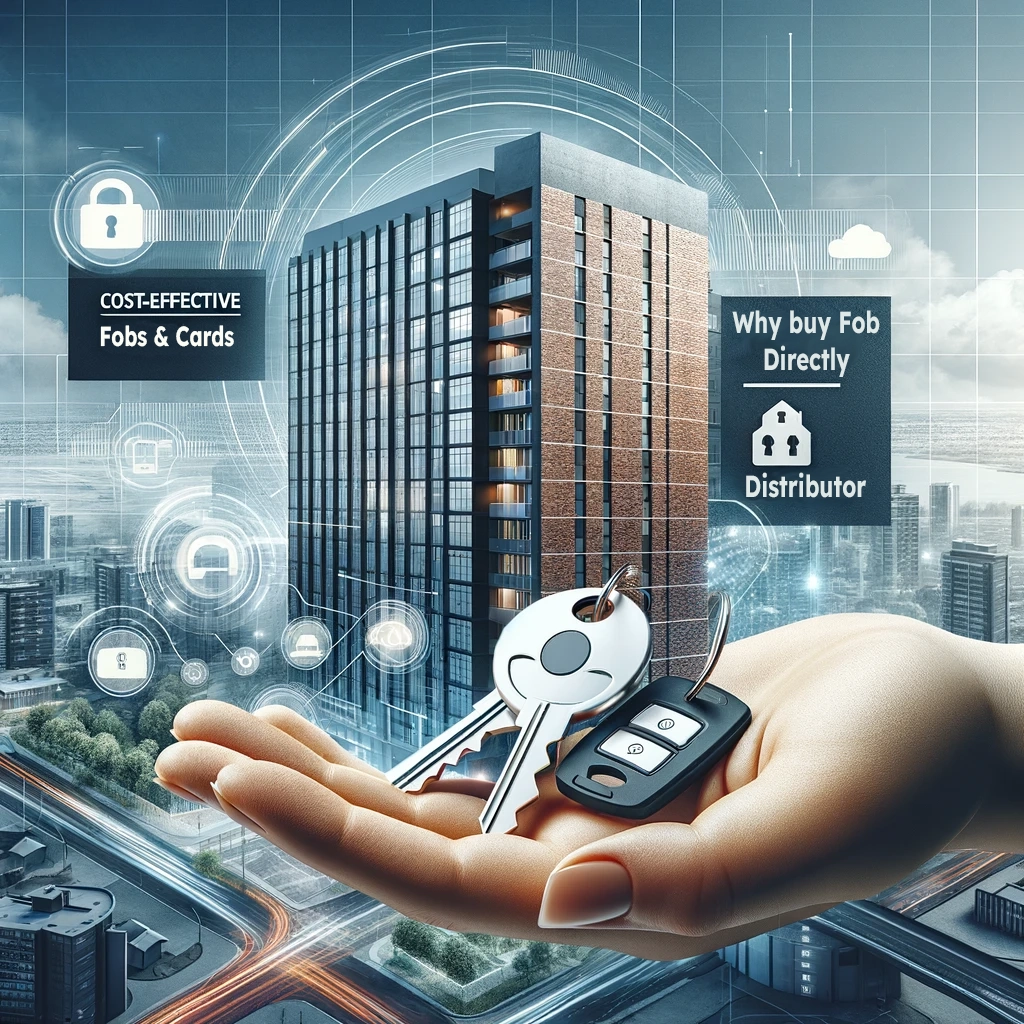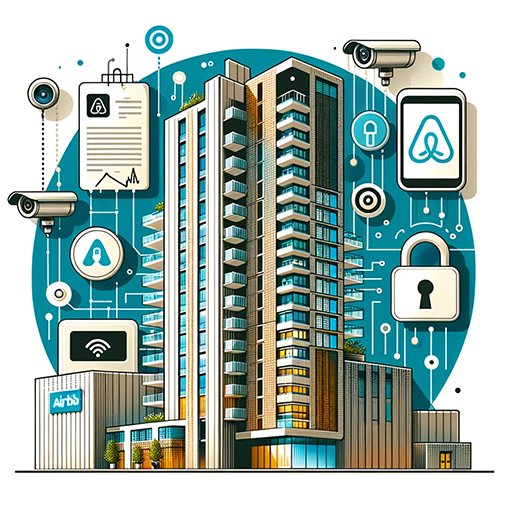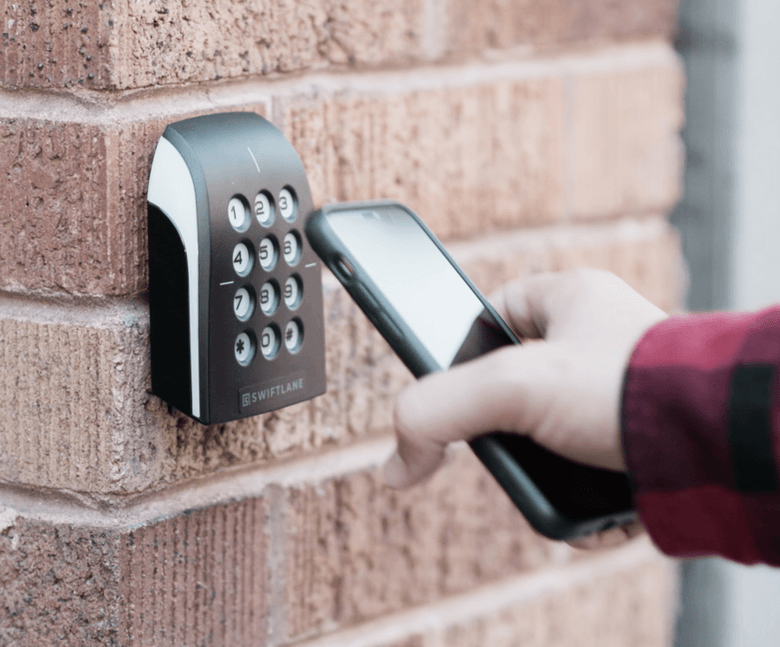Introduction: The Urmet FDI Dilemma
As a residential building owner, you’re constantly on the lookout for innovative solutions to enhance the overall living experience for your residents.
However, not all technologies and systems on the market are created equal.
Urmet FDI, a popular option for residential buildings regarding intercom door phones, has been the subject of much debate in recent years due to the integration of the Mifare access key fob from FDI (Friendly Development & Innovation).
This article explores the reasons why Urmet FDI may not be the best choice for your residential building regarding access control systems, delving into its limitations and providing alternative solutions for property owners.

Urmet FDI’s Shortcomings
Limited Customization and Flexibility
One significant issue with Urmet FDI was the delay in addressing the tampering of their intercom receivers, which allowed rogue residents to connect a makeshift device, combining a mobile phone with a black-box, to the intercom system in their unit. This enabled them to call the phone to gain unauthorized access to lobby doors and elevator levels, leading to overcrowding in units across Sydney and Melbourne by unscrupulous landlords.
Eventually, Urmet FDI found ways to counteract this issue by finally getting rid of all wired push buttons on their receivers, but they often linked the intercom to FDI Mifare readers, which had been cracked for over a decade.
FDI readers have been in use for a long time and remained unchanged in terms of appearance and features. For years, they continued to utilize Mifare Classic fobs that could be easily duplicated using an NFC-enabled mobile phone.
Recently, they upgraded to FDI+ secured by a 128-bit AES key. This upgrade represents a significant leap from a completely unsecured system to a more secure one.
However, like its competitor HID Global, FDI relies on security through obscurity and factory default encryption for all their readers worldwide, which can be reverse-engineered by RFID crackers.
This means that the encrypted keys are vulnerable to being cracked, making FDI+ fob duplication possible and ultimately compromising building security.
As residential buildings need to be highly secured for the residents.
Unfortunately, Urmet FDI’s system doesn’t offer enough security to accommodate unique building requirements, forcing property owners to compromise on certain aspects of security and communication.
Intercom User Interface
In today’s fast-paced world, it’s crucial to keep up with the latest advancements in technology. Urmet FDI has struggled to stay relevant, with an outdated user interface that isn’t as intuitive as more modern alternatives.
This can lead to frustration for residents and property managers alike, who may struggle with navigating the system and accessing its features.
Lack of Integration with Other Systems
Another significant shortcoming of Urmet FDI is its inability to seamlessly integrate with other building management systems.
In a world where smart buildings and IoT devices are becoming increasingly prevalent, this lack of integration can be a major disadvantage.
Property owners who invest in Urmet FDI may find themselves needing to invest in additional systems to fill in the gaps, resulting in increased costs and complexity.

Alternative Solutions to Urmet FDI
Fortunately, there are numerous alternatives to Urmet FDI that offer more advanced features and greater flexibility for residential buildings. Here are some options to consider:
Customizable Security and Communication Systems
Opt for a security and communication system that allows for extensive customization and can be tailored to your building’s specific needs.
These systems often feature advanced technologies, such as facial recognition and AI-powered analytics, to provide a more comprehensive and effective solution.
Smart Building Integration
Choose a system that is designed to work seamlessly with other smart building technologies. This will enable you to create a fully integrated and cohesive building management system, offering greater control and efficiency across all aspects of your property.
User-friendly Interface
Invest in a system with an intuitive, user-friendly interface that is easy for both residents and property managers to navigate. This will ensure that all parties can make the most of the system’s features, leading to a more satisfying and streamlined living experience.

Conclusion: Making the Right Choice for Your Residential Building
In conclusion, although Urmet offers some quality intercom entry panels and receivers, it’s time to reconsider its FDI integration.
FDI was once a popular choice for residential buildings, but its key systems have been repeatedly compromised. Even with the upgrade to FDI+ 7bytes UID, keyfob duplication remains possible, posing security risks for residents, not to mention the FDI remote controls that a fully unsecured.
The limitations of FDI’s keyfob access control, reader customization, antiquated technology, absence of anti-tamper detection, and poor integration with other systems make it a suboptimal choice for the modern Australian market.
As a property owner, it’s essential to carefully consider your building’s unique needs and explore alternative solutions that can better cater to those requirements.
By investing in separate access control systems, INTERCOM in on one side and BLE Mobile Access on the other side with a more advanced, flexible, and user-friendly system than what FDI offers, you can enhance the living experience for your residents and streamline your building management processes.






